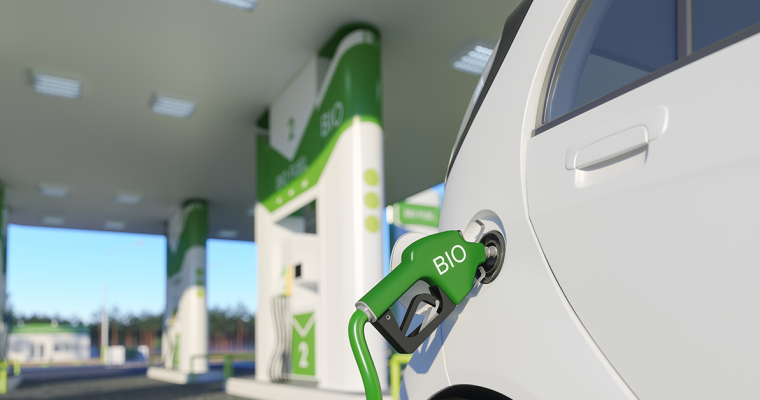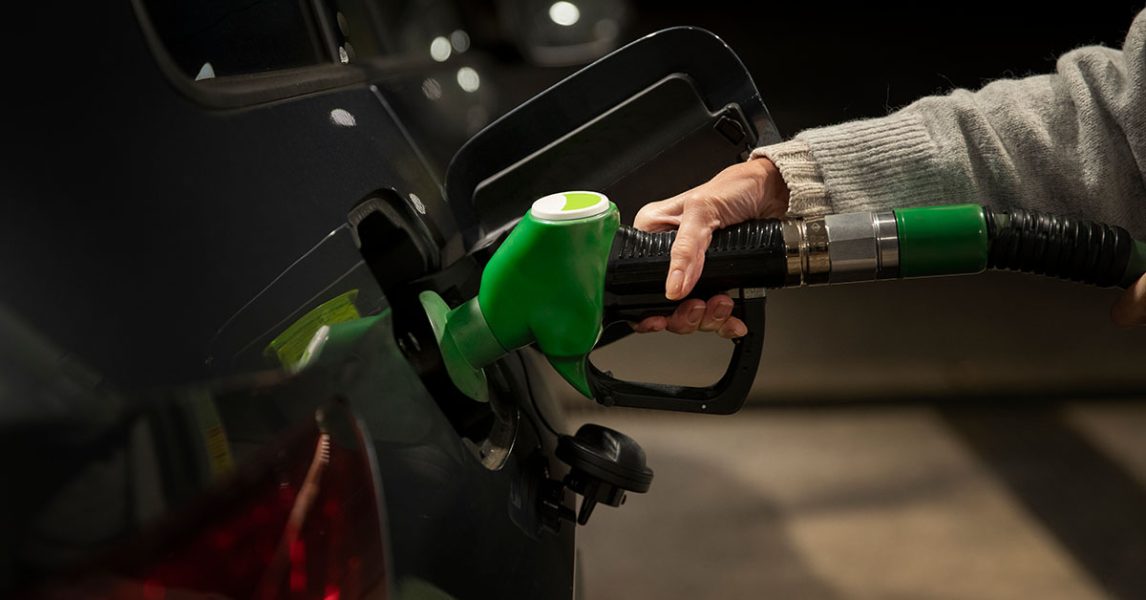
The rise of biofuels
For your fleetWhen we talk about alternative fuel sources for cars, trucks and plant and machinery, most thoughts turn to electricity and hydrogen. Perhaps lost in the discussion is another alternative fuel source: biofuels.
Biofuels are renewable energy sources extracted from organic materials like plants, algae, and animal waste. Unlike fossil fuels, they can be produced relatively quickly, making them a more sustainable option for meeting global energy demands in the future.
The most common biofuels are ethanol and biodiesel. Ethanol is typically made from crops like corn and sugarcane, while biodiesel comes from vegetable oils, animal fats, and recycled grease. Let’s look at them in more detail.

Ethanol
Ethanol is produced through a series of processes that convert (mostly) corn or sugarcane into ethanol through fermentation. The resulting ethanol is then distilled and blended with ‘traditional’ petrol for use in a range of vehicles.
Although it still relies on fossil fuels for production, ethanol is considered a cleaner alternative, with the added benefit of supporting local agriculture.
Biodiesel
Biodiesel is a versatile fuel that can be used in existing diesel engines without the need for a raft of modifications.
Biodiesel production is a relatively straightforward chemical process that converts vegetable oils, animal fats or waste oils into a renewable, cleaner-burning alternative to diesel. The process involves the transesterification of oils or fats, followed by a purification process and quality control checks to ensure the final product meets industry standards.

BIOFUELS ON THE WORLD STAGE
Biofuels are increasingly gaining popularity as part of the global transport fuel mix.
The US is one of the largest producers of biofuels, with a significant portion of its corn crop dedicated to ethanol production. In North America, ethanol is blended with petrol to produce E10, a fuel source that’s 10% ethanol and 90% petrol and can be used in most vehicles without any modifications.
Brazil is another major user of biofuels, relying heavily on sugarcane to produce ethanol. The South American giant’s history of using ethanol as an alternative vehicle fuel can be traced back to the 1970s, with almost all petrol sold in Brazil containing at least 27% ethanol, and many of the vehicles available in Brazil today capable of running on pure ethanol (E100). This use of ethanol has contributed hugely to reducing Brazil’s reliance on imported oil and lowering carbon emissions.
In Europe, biodiesel is the dominant biofuel, mostly refined from rapeseed, palm and waste cooking oils. EU member states, Germany and France, have a range of policies that promote the use of biodiesel by blending it with conventional diesel to create a more sustainable alternative. The EU’s Renewable Energy Directive outlines ambitious targets for renewable energy use, including biofuels.
In Asia, India and China are leading the way in research, development, and the use of biofuels. India has been promoting the use of ethanol refined from sugarcane and molasses, while China has invested heavily in the production of bioethanol from non-food crops like cassava (a root vegetable grown in tropical climates).

AN ALTERNATIVE TO FOSSIL FUELS?
While biofuels offer a number of positives, like reducing greenhouse gas emissions and promoting energy independence, they also present challenges to making them sustainable long-term alternatives.
Environmental impacts
One of the major advantages of biofuels is their ability to lower carbon emissions but, when burned, biofuels release carbon dioxide captured by plants during photosynthesis. This creates a closed carbon cycle, which, in theory, results in lower net emissions compared to fossil fuels, releasing carbon that’s been locked away for millions of years.
The environmental impact of biofuels also depends on many variables including land use, farming and agricultural practices, and the type of feedstock used. Biofuel crops can lead to deforestation, loss of biodiversity, and increased use of water and fertilisers, potentially offsetting its climate benefits.

Costs
Cost is another challenge to the viability of biofuels. In many cases, producing biofuels can be more expensive than producing fossil fuels, particularly biofuels made from non-food crops, algae and waste materials. While technology and economies of scale are helping to lower refining costs, government subsidies and incentives are often the only way to make biofuels competitive with conventional fuels.
Scalability
The global demand for energy is immense, and meeting this demand with biofuels alone would require vast amounts of land and resources. Dedicating large areas of farmable land to biofuel crops at the expense of food production will lead to higher food prices and increase the risk of food shortages.
In short, biofuels have a promising future as part of a diversified energy portfolio. They are particularly well-suited for use in sectors where electrification is difficult, such as aviation, shipping, and heavy-duty transportation. In these industries, biofuels can provide a more sustainable alternative to fossil fuels, reducing greenhouse gas emissions without requiring major changes to existing infrastructure.
While the adverse impacts that the production of biofuels has on land use, food security, water consumption and greenhouse gas emissions can’t be ignored, biofuels are a genuine alternative to fossil fuels. They might not be a catch-all solution for reducing transport-based carbon emissions, but they will undoubtedly have an important role to play in the transition to a more sustainable energy future.
Talk to SG Fleet about transitioning to alternative fuel sources for your fleet today.
 Driving Insights
Driving Insights




